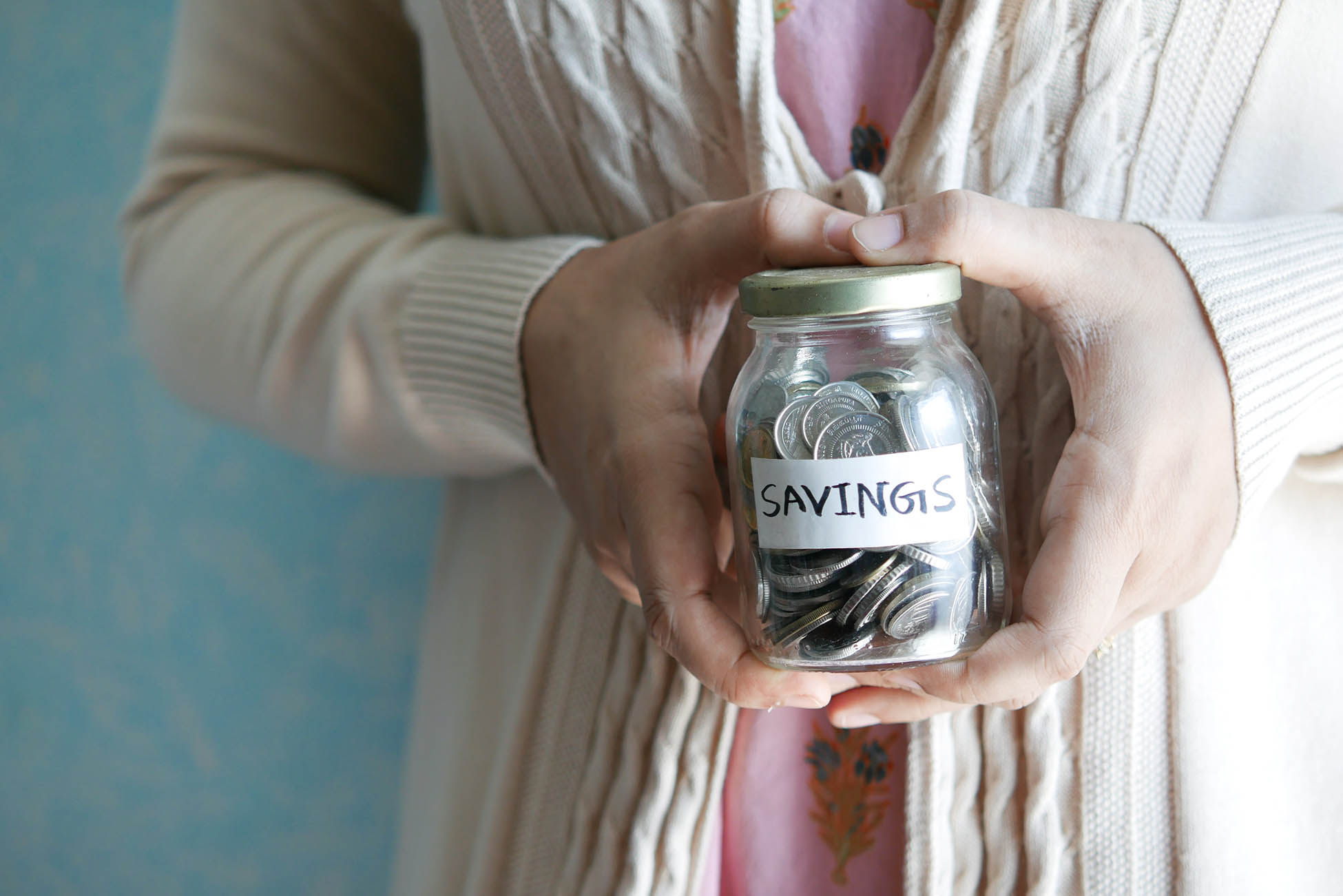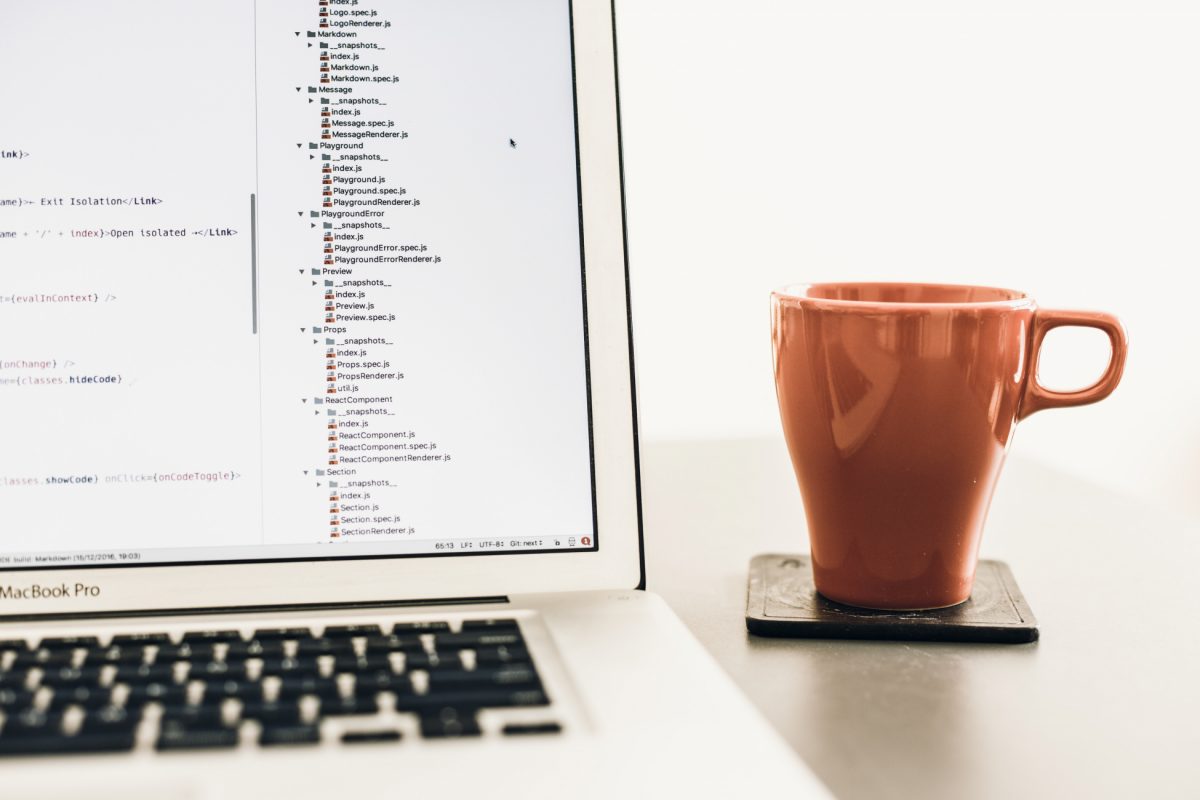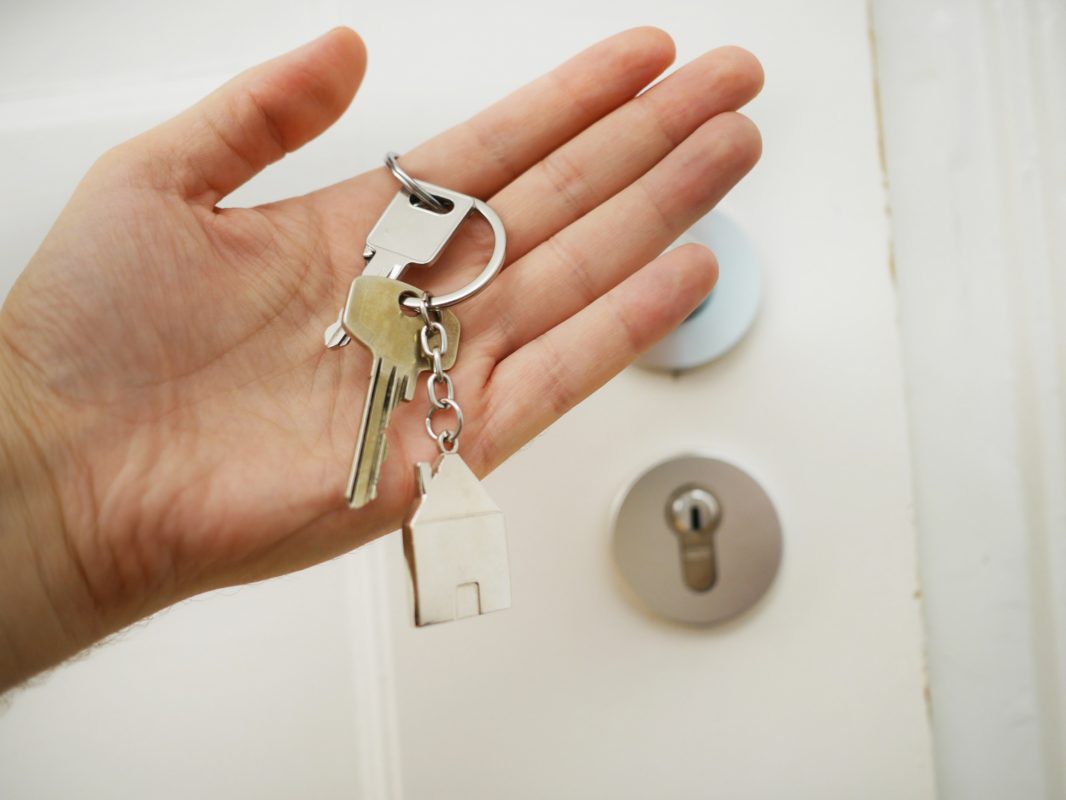Ever wondered what the heck a subprime loan is? Picture trying to get into an exclusive club with a not-so-impressive resume—yeah, that’s basically how a subprime loan works for those with less-than-stellar credit. This in-depth guide is your VIP pass to navigating the wild world of subprime lending. Whether you’re a millennial hustler or a Gen Z go-getter trying to piece together your financial future, we’ve got the lowdown on everything from sky-high interest rates to creative financing strategies that might just work for you.
What Is a Subprime Loan Table of Contents
Demystifying the Subprime Loan: What Exactly Is It?
The Anatomy of a Subprime Loan: How Does It Work?
Why Choose a Subprime Loan? Exploring the Pros and Cons
Subprime vs. Prime: What’s the Real Difference?
Understanding the Financial Implications Over Time
Navigating the Subprime Loan Process: Tips and Tricks
Subprime Loans and Your Financial Future: A Balanced Perspective
Resources and Community Support: Your Next Steps
Real-World Experiences: Lessons from the Subprime Lending Frontline
Practical Steps to Transition From Subprime to Prime
Subprime Loan Myths Debunked: Fact vs. Fiction
Subprime Loans: The Bottom Line for a Modern Audience
Demystifying the Subprime Loan: What Exactly Is It?
Subprime loans are a type of financing extended to borrowers with credit scores that fall below the prime threshold. In other words, if your credit history includes a few too many bumps and bruises—late payments, defaults, or bankruptcies—you’re often considered a riskier candidate for a loan. This doesn’t automatically disqualify you from borrowing money; it just means you might have to pay a little (or a lot) extra to prove that you’re worth the risk.
Think of a subprime loan as a financial second chance. It’s like getting an invitation to a party you didn’t think you’d ever be allowed into. The catch? The party has a cover charge that’s significantly higher than what the bouncers charge the well-known regulars (those with prime credit). In essence, subprime loans come with higher interest rates, stricter terms, and sometimes hidden fees that make these loans both a blessing and a potential trap if you’re not careful.
From a high-face-to-face risk perspective, lenders use subprime loans to mitigate the danger of lending to individuals who might have a turbulent credit past. They do this by offsetting the heightened risk with terms that favor the lender, such as higher fees and interest rates. So, while subprime loans can be a lifeline when you need quick cash or a credit boost, they require a savvy understanding of what you’re getting into.
The Anatomy of a Subprime Loan: How Does It Work?
Let’s break it down. A subprime loan goes through many of the same steps as a prime loan, but there are a few key differences that set it apart. The process begins with the lender taking a hard look at your credit history—a bit like swiping through your dating profile with a critical eye. If your credit score tells a story of financial missteps, the lender might still give you a chance, but the terms won’t be as friendly.
Creditworthiness Under the Microscope
Your credit score is the first thing a lender checks. For those labeled as “subprime,” the number is often below 660 on common scoring models. This lower score indicates a higher risk of default, which naturally leads the lender to impose stricter terms to protect themselves from potential losses.
Here, detailed assessments extend beyond numbers. Lenders consider your employment history, income stability, and even your debt-to-income ratio. Remember that subprime loans are not exclusively for major purchases like homes. They often apply to auto loans, personal loans, and sometimes credit cards—essentially any form of borrowing where your credit score is scrutinized.
Interest Rates: The Price of Admission
Because you’re seen as a riskier borrower, subprime loans come with higher interest rates. This isn’t just a small hike; it’s often significantly above the rates seen with prime loans. The extra cost is a way for lenders to cover for the possibility that you might default on your payments.
Imagine having to pay a premium for the chance to borrow money every month—it's like being charged extra for the privilege of entering a club without the perfect look. While these rates might seem steep, they are an essential part of the subprime lending equation, ensuring that the lenders are compensated for taking on more risk.
Loan Terms and Conditions: The Fine Print Matters
Beyond higher interest rates, subprime loans often come with less flexible repayment terms. The duration of the loan might be shorter, or the monthly payments might be structured to recoup the lender’s risk more quickly. Hidden fees, prepayment penalties, and other less-than-transparent conditions can sometimes come along for the ride.
It’s crucial to read the fine print. Understanding the terms of your subprime loan—from the repayment schedule to any potential penalties—can help you avoid unpleasant surprises later on. An informed borrower is less likely to fall into the trap of escalating financial burdens.
Ultimately, the structure of a subprime loan is designed to balance the risk for both you and the lender. If you can demonstrate improved credit behavior over time, there’s potential to refinance into a prime loan, effectively lowering your interest rate and easing your financial burden.
Why Choose a Subprime Loan? Exploring the Pros and Cons
Let’s get real: no financial product is perfect, and subprime loans are no exception. They come with significant upsides, particularly for those who might have been shut out of the conventional lending market. However, these advantages are balanced by some pretty substantial drawbacks.
The Perks of Subprime Loans
- Access to Capital: For individuals with low credit scores, subprime loans provide access to funds that might otherwise be unavailable. This is especially useful in emergencies or when you need to make a major purchase but lack alternative financing options.
- Opportunity for Credit Rebuilding: Responsibly managing a subprime loan can help you rebuild your credit over time. Making consistent, on-time payments might slowly but surely improve your credit score, opening up better financial avenues in the future.
- Flexible Product Options: Subprime loans aren’t just for home or auto purchases. They can come in various forms, including personal loans and lines of credit, offering versatility depending on your financial needs.
The Pitfalls You Need to Watch Out For
- Sky-High Interest Rates: The most common drawback is the significantly higher interest rate which, over time, can lead to paying much more than the original loan amount.
- Stringent Repayment Terms: Many subprime loans come with less forgiving repayment terms, putting extra pressure on your monthly budget. Falling behind on payments can further damage your credit score.
- Risk of Over-Indebtedness: Because subprime lenders are often willing to extend credit where others won’t, there’s a risk of borrowing more than you can actually afford to repay.
- Potential for Additional Fees: From origination fees to prepayment penalties, there are often extra costs associated with subprime loans that can catch borrowers off guard.
Balancing these pros and cons involves a careful evaluation of your financial situation. If you’re considering a subprime loan, it’s crucial to weigh the immediate access to cash against the long-term financial implications. Knowledge is power, and by examining the fine details, you can avoid common pitfalls and strategically pave your way toward improved financial health.
Subprime vs. Prime: What’s the Real Difference?
You might be wondering why some borrowers get the prime treatment while others are relegated to the subprime bench. The answer primarily revolves around creditworthiness and the history embedded in your credit score.
Prime loans are offered to customers with high credit scores (typically above 660), demonstrating a solid record of managing credit responsibly. These loans come with much friendlier terms, including lower interest rates and more flexible repayment schedules. In contrast, subprime loans are essentially a “last-chance” option for those who haven’t built up a robust credit history.
Credit Score Significance
A prime credit score indicates lower risk, and lenders reward this by offering better deals. With subprime scores, however, the risk factor is higher, and the loan terms reflect that increased risk. It’s not that lenders want to trap you with subprime loans—they’re simply trying to cover potential losses from higher-risk borrowers.
The Impact on Financial Flexibility
Prime loans offer greater financial flexibility due to their favorable interest rates and repayment structures. This can mean the difference between a manageable monthly payment and a financial strain that can ripple through your entire budget. For those with a solid credit record, accessing prime loans often leads to more sustainable long-term financial planning.
In contrast, subprime loans might feel like a financial safety net made of barbed wire—helpful in the short term but potentially binding you to less flexible terms that can hinder your overall financial progress. If you find yourself in the subprime category, the goal should be to work on rebuilding your credit, so you can eventually transition into the more welcoming world of prime lending.
Understanding the Financial Implications Over Time
Subprime loans are not just about the initial cash infusion; they’re a long-term financial commitment that can significantly impact your future. With interest rates that are often a full 5-10% or more higher than prime rates, the monthly payments can seem like a molehill that gradually turns into a mountain.
Consider this: over a five- or ten-year term, the extra interest you’re paying can add up to thousands of dollars more than you would with a prime loan. This extra cash might be better used paying off other debts, saving for retirement, or even investing in your future. Therefore, while a subprime loan provides access to necessary capital now, it could also mean a heavier financial burden later on.
For many, the silver lining is that responsibly managing a subprime loan can be a stepping stone to a stronger credit profile. With every on-time payment, you’re not only fulfilling a contractual obligation—you’re also paving the way toward refinancing into a prime loan someday, thereby reducing your future interest expenses and alleviating long-term financial strain.
The Ripple Effects on Other Financial Decisions
Your decision to take a subprime loan doesn’t occur in a vacuum. Higher monthly payments and additional fees can affect your ability to qualify for other types of credit in the future, whether it’s another loan, a mortgage, or even a credit card with better benefits. That’s why it’s essential to consider how a subprime loan fits into your overall financial strategy.
Ultimately, the goal is to use a subprime loan as a temporary lifeline—a way to stabilize your situation until you can build up a stronger credit foundation. Once you’ve proven your reliability as a borrower, refinancing into a lower-interest, prime loan can set you on a path to financial recovery and long-term success.
Navigating the Subprime Loan Process: Tips and Tricks
If you find yourself eyeing that subprime loan option, don’t panic—just arm yourself with knowledge and prepare a strategy to make the best of the situation. Here are some tips to steer clear of common pitfalls and use subprime borrowing to your advantage:
Know Your Credit Profile
Before applying for any loan, get a clear picture of your credit score and credit history. Free credit reports are available, and they provide a solid starting point for negotiations with lenders. Knowing your scores and the areas where you need improvement can help you plan your next steps.
Compare Offers, Don’t Settle
Just because one lender is willing to offer you a subprime loan doesn’t mean they’re offering the best deal. Shop around, compare interest rates, fees, and repayment terms. Use online comparison tools and even consider speaking with a financial advisor to ensure you’re not walking into a bad deal.
Read the Fine Print
It may sound cliché, but this piece of advice is crucial: always read the fine print. From hidden fees to prepayment penalties, understanding every aspect of your subprime loan can help you avoid unexpected costs that could derail your financial recovery.
Create a Realistic Repayment Plan
Given the tougher repayment terms, developing a realistic budget and repayment plan is essential. Stick to your financial goals and try to make extra payments if possible to reduce the principal and lower the interest burden over time.
Work on Rebuilding Your Credit
A subprime loan is often a temporary solution. Use it as a stepping stone to rebuild your credit by making timely payments and reducing other debts. Over time, this can lead to improved creditworthiness and maybe even the opportunity to refinance into a prime loan with friendlier terms.
Remember, subprime loans may appear intimidating, but with a pragmatic strategy and a careful eye on your long-term goals, you can navigate the process and even come out stronger on the other end.
Subprime Loans and Your Financial Future: A Balanced Perspective
Financial decisions aren’t one-size-fits-all, and the choice to opt for a subprime loan is no exception. It’s important to view a subprime loan as one aspect of your broader financial picture—a temporary tool to help you move forward. Yes, the interest rates and terms might look daunting at first, but think of it as a necessary stepping stone on your way to financial rehabilitation.
For many, subprime loans are a lifeline when life throws unexpected curveballs—job loss, medical emergencies, or the occasional financial misstep. If managed properly, they can serve as a catalyst for rebuilding credit and regaining financial independence. However, it’s vital to approach these loans with caution, planning, and a clear strategy for improvement.
Keep in mind the adage: “good things take time.” As you work diligently to pay off your subprime loan, each timely payment can help improve your credit profile, opening doors to better financing options in the near future. It’s a marathon, not a sprint, and maintaining a balanced perspective will keep you motivated and on track.
Resources and Community Support: Your Next Steps
The journey to a healthier financial life doesn’t have to be a solitary one. Numerous resources and communities are available to help guide you through the labyrinth of subprime loans and credit rebuilding. Whether you prefer online forums, local financial counseling services, or even mobile apps that track your spending and credit score, there’s a wealth of support out there.
Explore reputable websites and financial blogs for the latest tips and strategies on managing debt and improving credit scores. Look for certified financial planners and credit counselors who can offer personalized advice tailored to your situation. Many non-profit organizations provide free educational resources and counseling services designed to help people like you master the art of responsible borrowing.
Connect with community groups on social media, where fellow borrowers share experiences, success stories, and practical advice. Being part of a supportive network can not only boost your confidence but also provide you with tangible solutions to common hurdles. Your next step? Dive into these resources, download a budgeting app, and consider scheduling a meeting with a financial advisor. Remember, every small step adds up to a brighter, more secure financial future.
Real-World Experiences: Lessons from the Subprime Lending Frontline
Sometimes, the best way to understand a topic is by hearing from those who have lived it. Let’s break down a couple of real-life scenarios that shed light on subprime lending, so you can learn from others’ triumphs and missteps.
The Unexpected Lifeline
Meet Jordan—an ambitious young professional who faced a financial hiccup after a sudden job loss. With a less-than-perfect credit history, Jordan was initially shut out by traditional lenders. That’s when a subprime loan turned into an unexpected lifeline. By carefully managing monthly payments and using the extra funds to cover essential expenses, Jordan not only weathered the storm but slowly began to rebuild credit. Today, after a few years of financial discipline, Jordan’s credit score has improved considerably, and a refinance into a prime loan is on the horizon.
The Cautionary Tale
Then there’s Taylor, who jumped into a subprime auto loan without fully understanding the implications. Lured by the promise of quick approval, Taylor missed some hidden fees and a steep interest rate that quickly escalated monthly payments. It became a classic case of over-indebtedness, forcing Taylor into a cycle of debt. However, by seeking financial counseling and restructuring finances, Taylor learned valuable lessons about reading the fine print and managing credit responsibly. This cautionary tale is a reminder: subprime loans can help—but only if you’re fully informed and cautious.
These stories underscore a central truth: whether you’re taking a subprime loan due to necessity or circumstance, the key to success lies in understanding the terms, making disciplined financial choices, and learning continuously from the experiences of others.
Practical Steps to Transition From Subprime to Prime
If you’re currently juggling a subprime loan, the long-term objective should be transitioning towards prime financing. Here’s a roadmap to help guide you:
Step 1: Master the Art of Budgeting
Create a clear, realistic budget that prioritizes essential expenses and leaves room for debt reduction. Use budgeting apps to track your spending, set financial goals, and ensure that every payment contributes toward lowering your debt load.
Step 2: Build an Emergency Fund
One of the challenges of managing a subprime loan is the potential for unexpected expenses. Start setting aside small amounts regularly until you have a buffer. This cushion can prevent further financial stress and reduce the temptation to rely on additional debt in a pinch.
Step 3: Keep an Eye on Your Credit Report
Regularly review your credit report to ensure accuracy and track your progress. Many websites offer free credit monitoring services that alert you to any significant changes in your credit score. This vigilance helps you stay informed about your financial health and signals when it might be time to consider refinancing.
Step 4: Communicate With Your Lender
If you’re experiencing financial hardships, reach out to your lender. They may offer restructuring options or temporary relief measures to prevent default. Open communication is key in avoiding further credit damage.
Step 5: Celebrate Small Wins
Rebuilding credit is a marathon, not a sprint. Celebrate every milestone—from consistent on-time payments to incremental improvements in your credit score. These small victories can motivate you to stick with your plan and eventually qualify for prime loans.
Transitioning from subprime to prime takes time, commitment, and a willingness to learn. By following these practical steps, you can steadily shift your financial profile, lessen the burden of high-interest rates, and unlock better opportunities in the future.
Subprime Loan Myths Debunked: Fact vs. Fiction
There’s a lot of misinformation swirling around subprime loans, often leaving borrowers more confused than empowered. Let’s debunk a few common myths.
Myth 1: Subprime Loans Are Always a Bad Idea
Fact: While they do come with high interest rates, subprime loans are designed to give people access to credit when they might otherwise be shut out. The key is to use them judiciously and as a stepping stone to a healthier financial profile.
Myth 2: You Will Always Get Trapped in Debt
Fact: Responsible borrowing and disciplined repayment can actually help rebuild your credit. It’s possible to use a subprime loan as a tool for improvement—provided you have a concrete plan and stick to it.
Myth 3: Subprime Loans Come With Hidden Tricks
Fact: While it’s true that some lenders might include various fees and penalties, transparency improves when you shop around and read the fine print. Educated borrowers can navigate the process without falling for tricks.
Dispelling these myths is essential to making an informed decision. Understanding that subprime loans are not inherently evil—but rather, a tool that must be used wisely—can empower you to take control of your financial future.
Subprime Loans: The Bottom Line for a Modern Audience
In today’s fast-paced financial landscape, a subprime loan can sometimes be the green light to achieve your immediate goals, whether that’s buying a car, home, or covering emergency expenses. But remember, every financial decision shapes your future. The allure of quick access to funds must be tempered with caution, planning, and ongoing effort to improve your credit.
The modern borrower—especially millennials and Gen Z—has access to tools, apps, and communities that empower you to make smarter financial choices. By arming yourself with knowledge, seeking out trustworthy lenders, and maintaining a disciplined repayment schedule, you can use a subprime loan as a catalyst for stronger financial health. It’s all about turning today’s challenge into tomorrow’s opportunity.
So, whether you’re stepping into the world of subprime loans due to a temporary setback or as a strategic move to rebuild your credit, remember this: every payment brings you one step closer to a prime, and ultimately, a freer financial future.
Subprime Loan FAQs: Your Top Questions Answered
Let’s wrap up with a round-up of frequently asked questions about subprime loans. We’ve packed in all the details you need to understand these loans inside and out.
1. What exactly qualifies a loan as “subprime”?
A subprime loan is typically offered to borrowers with a credit score below a certain threshold (often below 660). These loans come with higher interest rates and more stringent terms to offset the increased risk presented by a less-than-perfect credit history.
2. Are subprime loans only for major purchases?
Not at all. Subprime loans can be used for a variety of needs including auto loans, personal loans, credit cards, and even mortgages. The key factor is your creditworthiness—not necessarily the type of purchase.
3. How do I know if a subprime loan is right for me?
If your credit history has seen better days and traditional financing options just aren’t available, a subprime loan might be your answer. However, it’s important to assess your ability to handle the higher costs and stricter repayment terms associated with these loans.
4. Can I eventually refinance a subprime loan into a prime loan?
Yes, many borrowers use subprime loans as a stepping stone. With improved credit behavior and timely payments, you can work on refinancing into a loan with lower interest rates and better terms.
5. What are the main risks of choosing a subprime loan?
The primary risks include higher interest rates, additional fees, less flexible repayment terms, and the potential for increasing your debt burden if payments become challenging. It’s essential to thoroughly understand all the terms before committing.
6. How can I avoid the pitfalls of a subprime loan?
Always read the fine print, shop around for the best offer, maintain a strict repayment schedule, and work actively on improving your credit score. Utilise budgeting tools and financial advisors to stay on track.
7. Is there any way to lower the cost of my subprime loan?
Some strategies include negotiating with your lender, making extra payments to reduce the principal, and, over time, aiming to refinance your subprime loan into a prime loan once your credit improves.
8. What should I do if I’m struggling to meet the payments?
If you’re facing difficulties, contact your lender immediately to discuss restructuring options. Seeking advice from a financial counselor can also provide additional strategies to manage your debt effectively.
Your Roadmap to Smarter Financial Decisions
Navigating the realm of subprime loans can feel like trying to find a Wi-Fi signal in the middle of nowhere—but remember, knowledge is your most powerful tool. By understanding the ins and outs of subprime lending, recognizing both its potential benefits and pitfalls, and taking strategic steps to manage your finances, you can turn a challenging situation into a stepping stone toward a more secure financial future.
Embrace the journey with a healthy dose of common sense and the willingness to learn from past mistakes. Every payment you make, every financial lesson you learn, is a brick laid in the foundation of your financial independence. There’s no magic pill for instant wealth, but with persistence, patience, and the right information, you can overcome the hurdles of subprime lending.
Consider this your call to action: assess your current financial situation, seek out expert advice if needed, and take proactive steps toward a brighter financial future. Empower yourself with the strategies and insights discussed in this guide, and remember—you have the ability to transform a subprime challenge into a prime opportunity.
The road might be rocky, and the terms might be steep, but every effort you invest today can lead to a more stable, financially independent tomorrow. Chase the freedom that comes with smart financial decisions and let your journey to resilience begin here.













